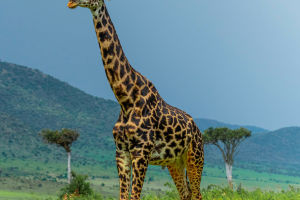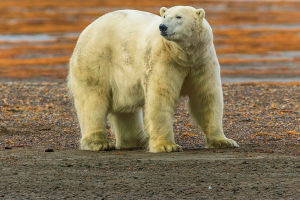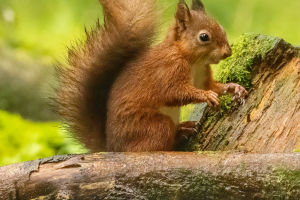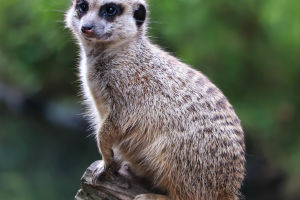
Egyptian Cat Culture

Cats are carnivorous mammals belonging to the family Felidae of the order Carnivora. They have small bodies with fur ranging from bluish-gray to tawny, sleek builds measuring 0.3 to 0.5 meters long.
Their fur is dense and soft, with small collarbones, short muzzles, round eyes, sturdy necks, short limbs, and several spherical pads on their feet.
Their tongues are covered in horny, hook-shaped papillae. Male and female cats resemble each other closely, with males typically having broader heads and slightly larger.
In modern times, an increasing number of people are fond of keeping cats as pets. They provide relief from psychological stress and fulfill emotional needs. Additionally, their adeptness at catching mice annually saves significant economic losses for humans.
Related
 Turtles' exceptional longevity lies in evolved cellular mechanisms and reproductive strategies.
Turtles' exceptional longevity lies in evolved cellular mechanisms and reproductive strategies.
 Giraffes exhibit remarkable diversity across African habitats, including the lesser-known okapi.
Giraffes exhibit remarkable diversity across African habitats, including the lesser-known okapi.
 Polar bears, with their dense fur, fat reserves, and strategic behaviors, defy the cold, showcasing nature's remarkable adaptation.
Polar bears, with their dense fur, fat reserves, and strategic behaviors, defy the cold, showcasing nature's remarkable adaptation.
 Chipmunks hibernate underground, while squirrels store food in trees for winter.
Chipmunks hibernate underground, while squirrels store food in trees for winter.
 Meerkats, with their unique traits, embody joy and cooperation in nature.
Meerkats, with their unique traits, embody joy and cooperation in nature.
 Clownfish thrive through symbiotic bonds with sea anemones, adapting for survival.
Clownfish thrive through symbiotic bonds with sea anemones, adapting for survival.
It seems that humans and cats have developed a profound friendship. But have you ever realized that this friendship may have begun in ancient times?
Approximately 5000 to 10,000 years ago, in the Mesopotamian region of the Middle East, the first species of domestic cat, the African wildcat, wandered into human settlements by accident, initiating the domestication process of cats.
Ancient Egyptians realized that cats could protect stored food from rodents, preventing them from being consumed. They started feeding cats leftover food, such as fish heads, to encourage them to visit regularly. Cats became domesticated through this harmonious symbiotic relationship and gradually integrated into human life. Thus, these friendly wild felines became the ancestors of modern cats.
When Egyptians discovered that cats were more suitable companions for humans than mongooses, cats were warmly welcomed. Besides their excellent mouse-catching abilities, cats also efficiently eliminated many local snakes. Over time, due to desertification and breeding programs, today's domestic cats have become increasingly diverse and smaller in size.
Cats and Egyptian Totem Culture
Ancient Egyptian cats hunted prey and accompanied people on hunting trips. People trained these cats to catch fish and birds, as depicted in Egyptian artworks.
In Egyptian mythology, cats symbolize saviors. The goddess Bastet was depicted as a woman with a cat's head and worshipped as a fertility and healing deity. Cats residing in temples were fed milk, bread, and Nile fish and were cared for by individuals with high social status.
Cats were important in Egyptian civilization because cat killing warranted the death penalty. When a beloved pet cat died, family members shaved their eyebrows to signify mourning.

Cats were mummified like humans, and their tombs often contained offerings such as milk and dishes of rodents. However, evidence suggests that not all mummified cats died naturally; some may have been sacrificed to the cat goddess Bastet. In the eyes of Egyptians, cats were symbols of the goddess in the mortal world, representing luck, auspiciousness, and respect.
From around 200 BC to AD 1400, with the expansion of the Roman Empire, the prosperity of the silk trade, and the activities of missionaries, cats began to settle in Asia and Europe.
In modern society, cats have become beloved companions worldwide, charming humanity with their beauty, intelligence, aloofness, and affectionate personalities!